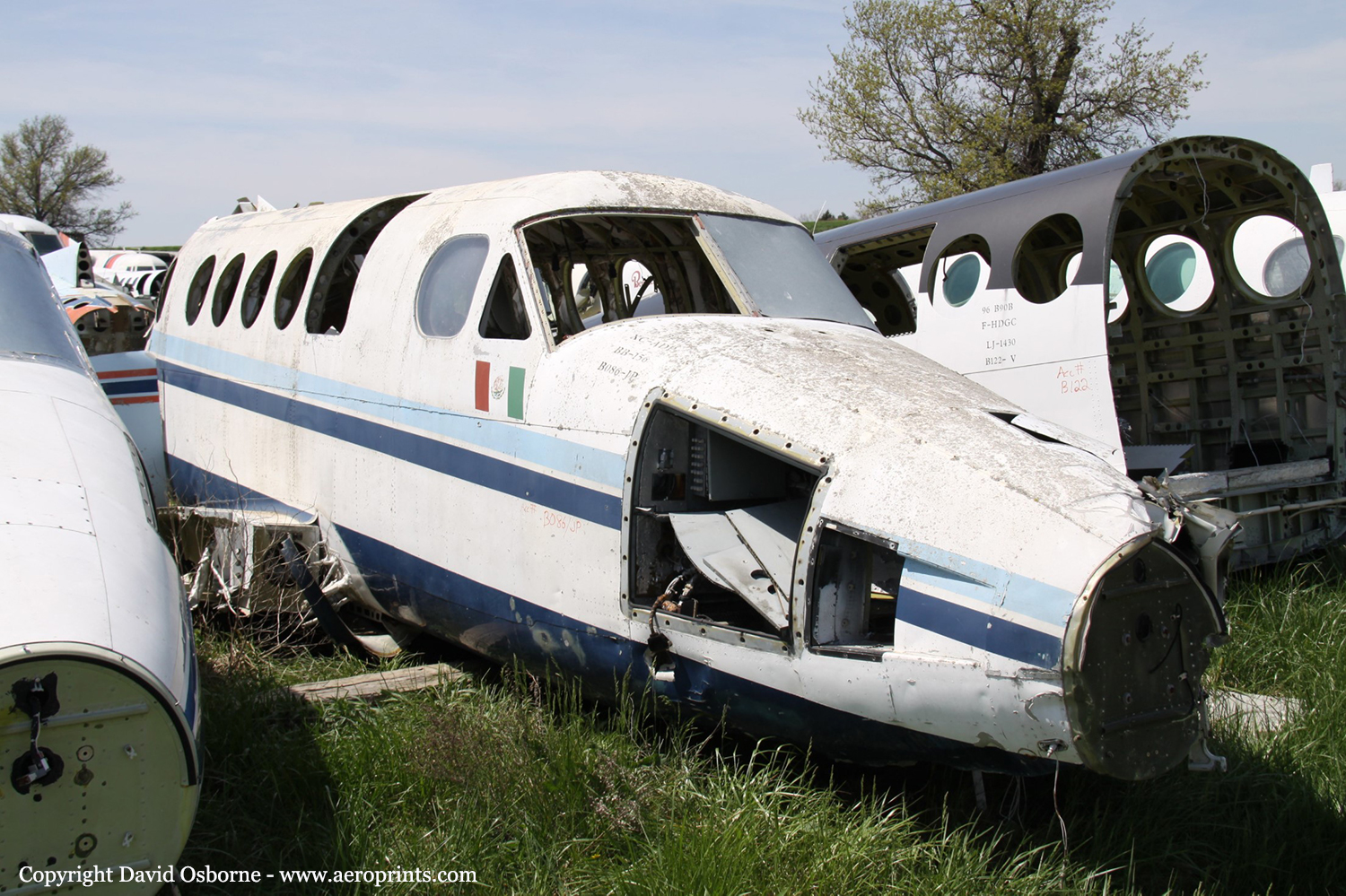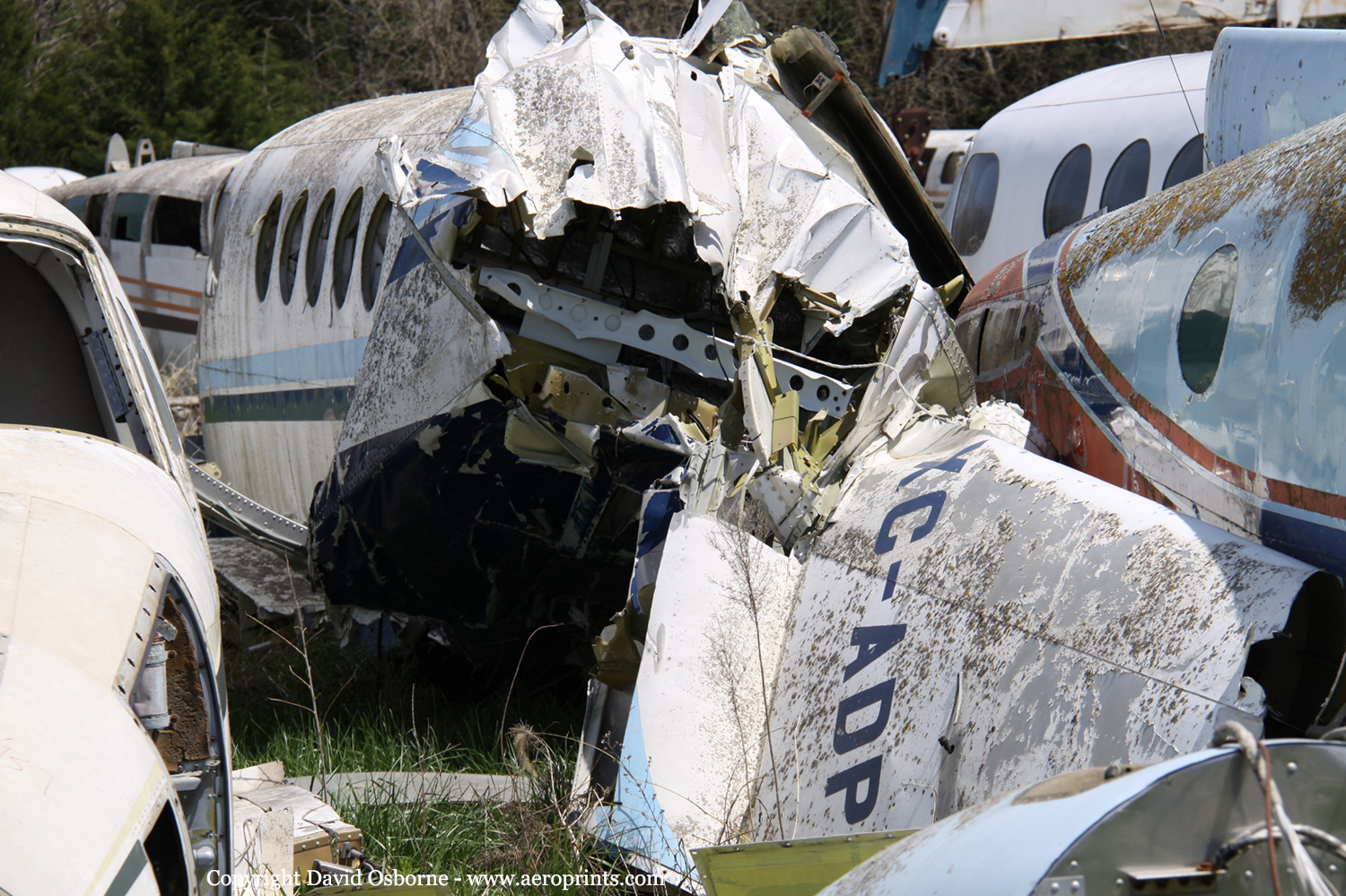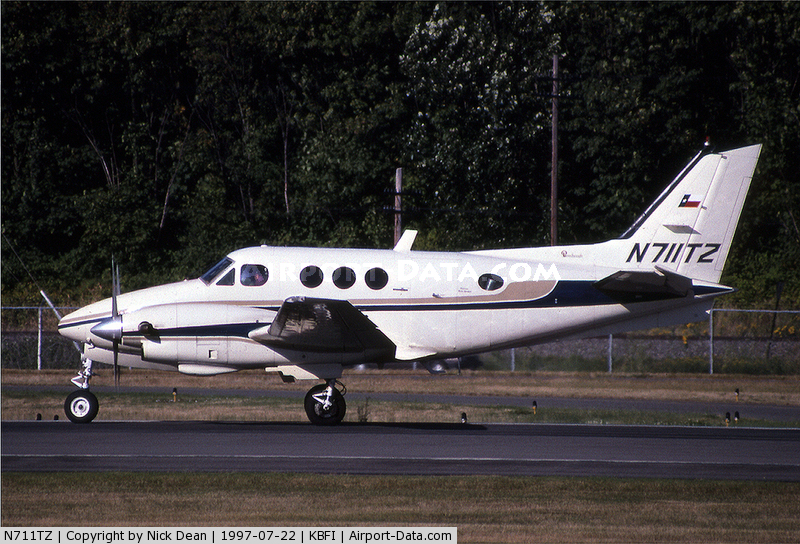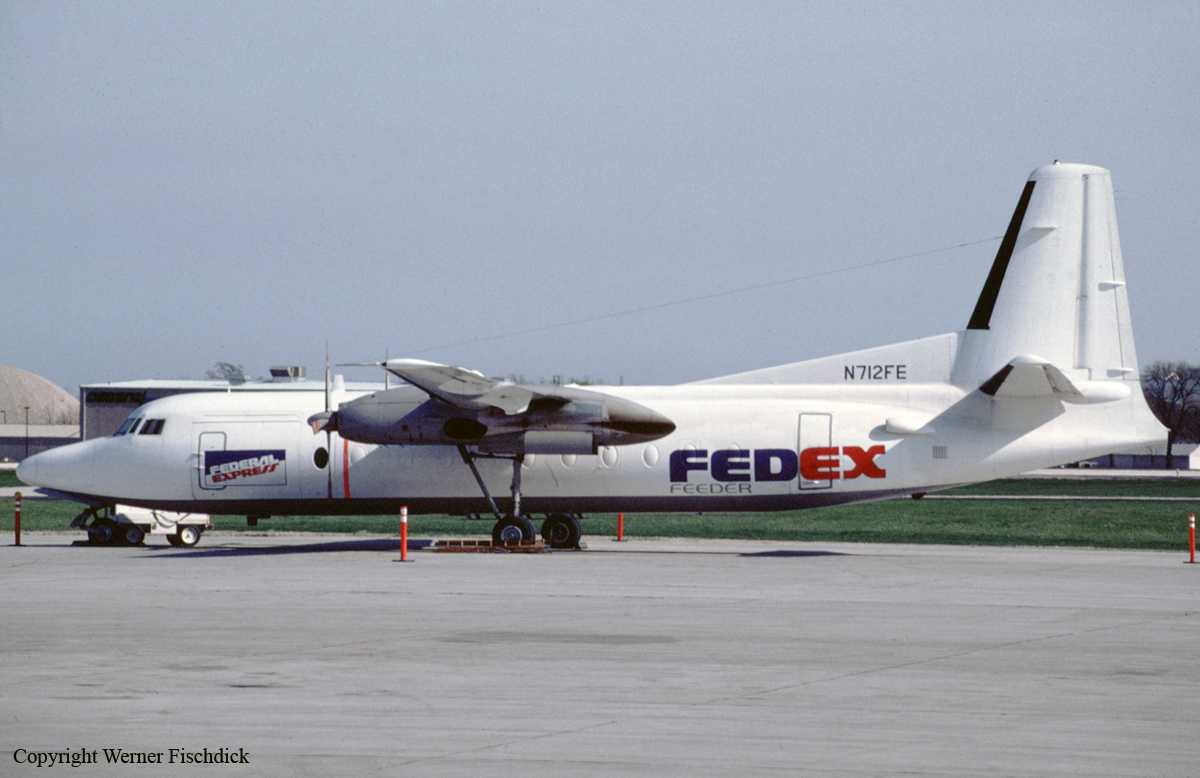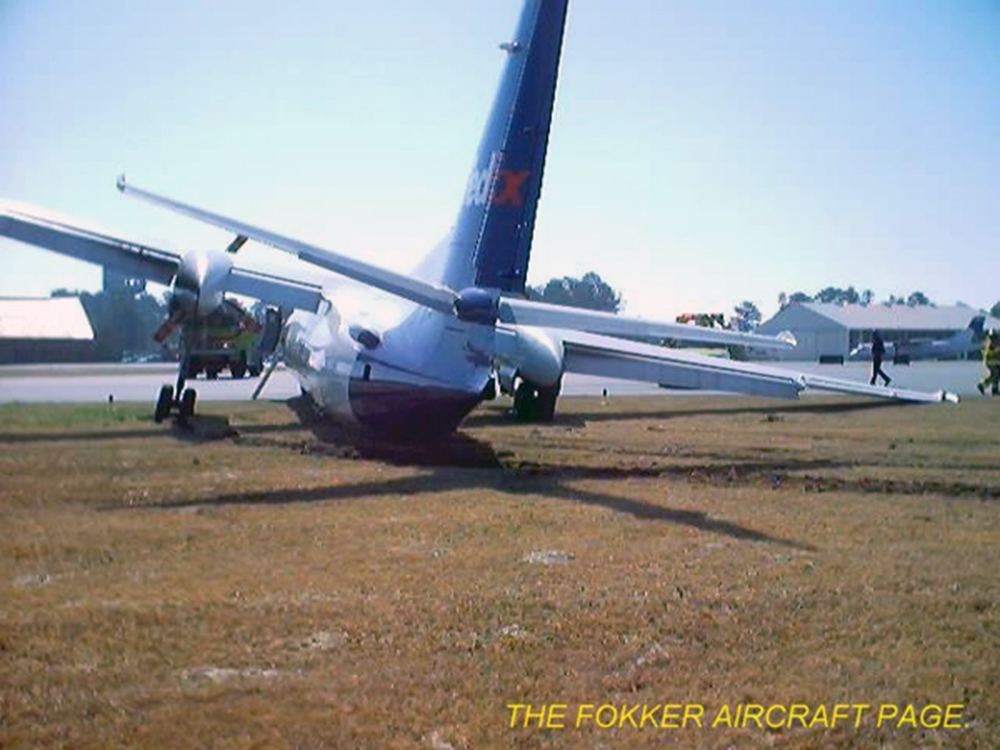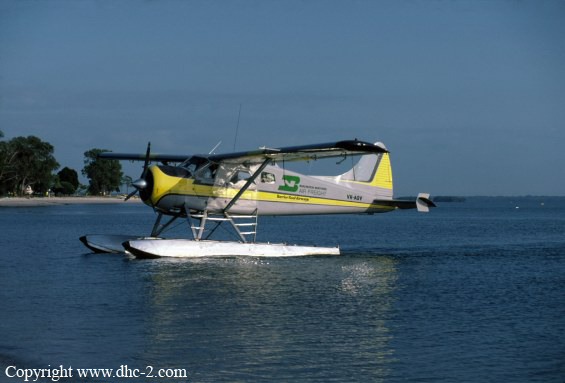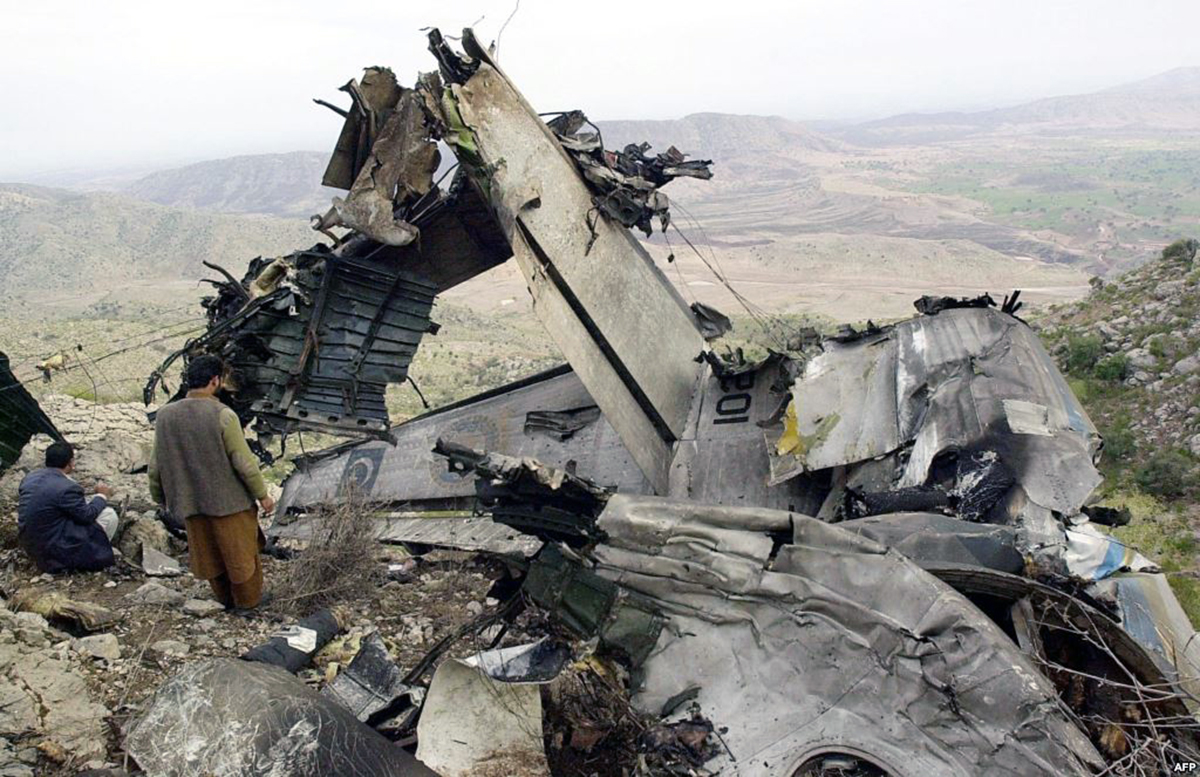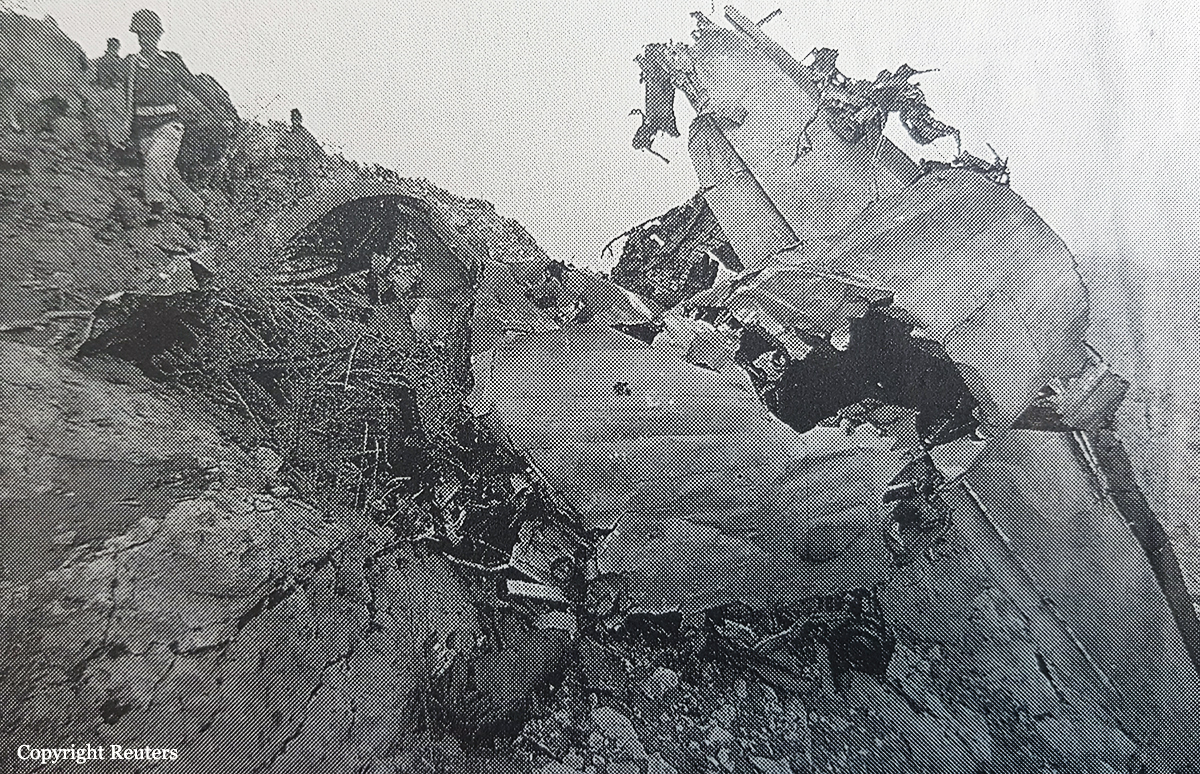Crash of a Beechcraft 200 Super King Air in Badiraguato
Date & Time:
Mar 20, 2003
Registration:
XC-ADP
Survivors:
Yes
Schedule:
Hermosillo – Badiraguato
MSN:
BB-156
YOM:
1976
Crew on board:
2
Crew fatalities:
Pax on board:
3
Pax fatalities:
Other fatalities:
Total fatalities:
0
Circumstances:
After landing at Badiraguato Airport, the twin engine aircraft went out of control and veered off runway. It collided with rocks, lost its tail and came to rest. All five occupants escaped uninjured while the aircraft was damaged beyond repair.
